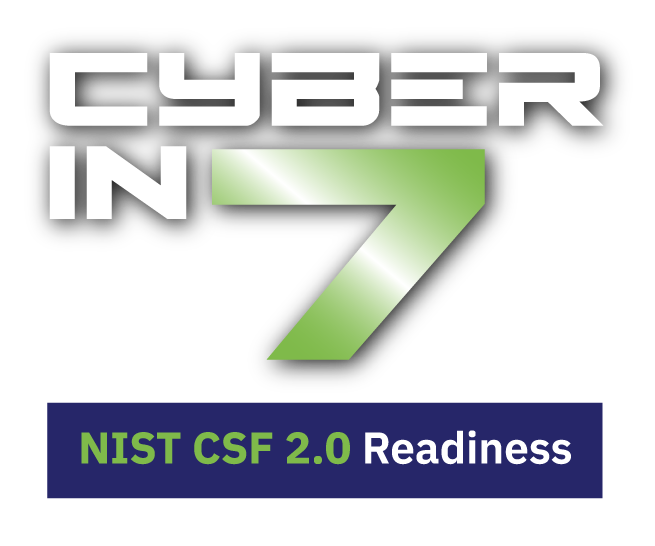
RESOURCE HUB
Our comprehensive resource hub breaks down the latest updates to NIST CSF 2.0 and demonstrates how our expert services can enhance your cybersecurity strategy. In these 7 minute videos, GuidePoint Security consultants Michael Cole, Russ Thomas, and Thomas Geater explore now to stay ahead of evolving cyber threats and ensure your organization’s resilience.
Govern Function
The Govern Function serves as the strategic and leadership-centric component of a cybersecurity program, bridging the gap between technical controls and broader organizational objectives. It emphasizes understanding the business context, managing cybersecurity risks within the enterprise risk framework, ensuring effective communication of risks across all levels of the organization, and overseeing the performance of the cybersecurity program to foster a holistic, comprehensive approach to cybersecurity management. Watch this video to learn more.
Identify Function
This Function is the cornerstone of the NIST Cybersecurity Framework, essential for building a robust and comprehensive security program. It focuses on understanding and managing an organization’s cybersecurity risks. It includes asset management, business environment analysis, governance, risk assessment, and strategy development. Watch this video to gain a quick overview of the Identify Function in NIST CSF 2.0.
Protect Function
The Protect Function of the NIST CSF 2.0 involves implementing safeguards to ensure critical infrastructure services are secure and resilient. This includes activities like access control, data security, and awareness training to limit the impact of cybersecurity events and maintain operational continuity. Watch this video!
Detect Function
This NIST CSF 2.0 Function identifies cybersecurity events and ensures swift responses through continuous monitoring and adverse event analysis. Continuous monitoring detects real-time anomalies, while adverse event analysis investigates significant incidents, offering insights and corrective measures. Watch this video to learn how the streamlined structure improves efficiency and outcomes.
Respond Function
This Function of the NIST CSF 2.0 prepares organizations to handle cybersecurity incidents with refined plans, processes, and communication strategies, enhancing integration with other Functions. Watch this video to learn how GuidePoint Security offers a holistic approach to the Respond Function of the NIST CSF 2.0.
Recovery Function
The Recovery Function focuses on developing and implementing plans to restore systems and operations following a cyber incident. It emphasizes thorough documentation, effective communication, and rigorous testing through real-world simulations to ensure business continuity and resilience. Watch this video to learn how this Function guides organizations to prepare recovery plans and also practice them until they become second nature, ensuring swift and efficient recovery from disruptions.